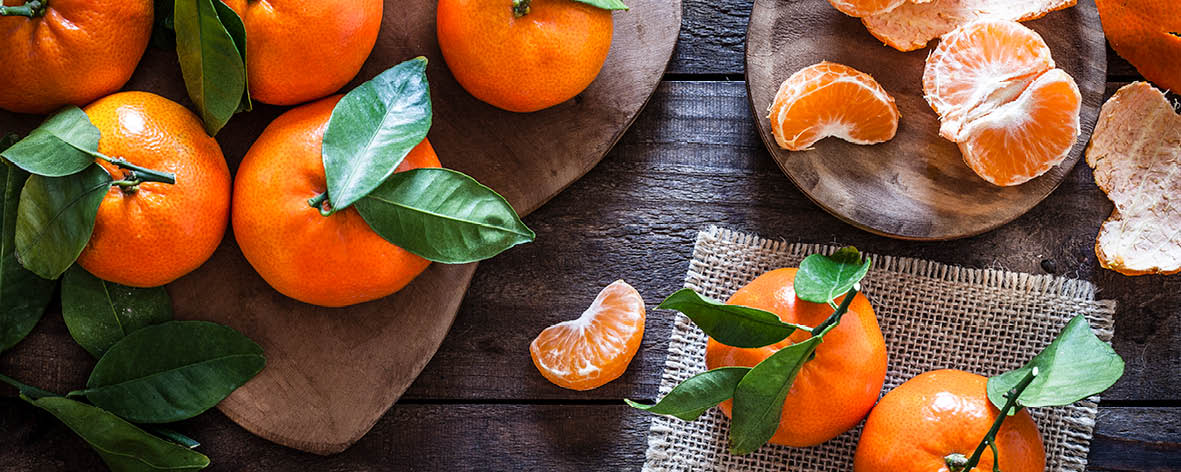The who’s who of … Mandarins

If you’ve been into a Hill Street store lately you will see have seen mandarins making their first appearances in the citrus section. A herald to the colder weather coming, they arrive just in time to boost our Vitamin C levels over late autumn and right through winter. There are quite a few varieties now, each with different qualities. What’s important to you? Sweetness? Ease of peeling? Size? Read on for the who’s who of our favourite lunchbox fruit.
Australia’s most popular and most widely grown mandarin is the Imperial. It’s a small to medium, very sweet fruit with a smooth skin and is easy to peel – so great for little fingers. These are the mandarins you will see early in the season and their availability continues all season.
Afourer then make their appearance with a deeper orange-red colour and are also easy to peel. They are very sweet and juicy, and usually seedless, but this depends on growing conditions.
A slightly larger mandarin averaging 6cm x 5 cm, the Hickson has a slight neck where the stalk comes out, and a smooth, yellowish-orange rind. While containing seeds and not as easy to peel, Hicksons are sweet and juicy, though.
Honey Murcott is, as the name suggests, honey-like in taste and is the sweetest of all mandarins. It is a larger fruit and slightly flatter in shape. It has seeds, and has a tighter skin, so is not as easy to peel as other varieties. It is a late maturing fruit, so is available late into the season.
Making its appearance only a few years ago, the Sumo variety is a heavy weight in the mandarin world – it is almost as large as an orange, with an identifiable ‘top knot’ like a Sumo wrestler. It is seedless, juicy and delicious, as well as easy to peel.

